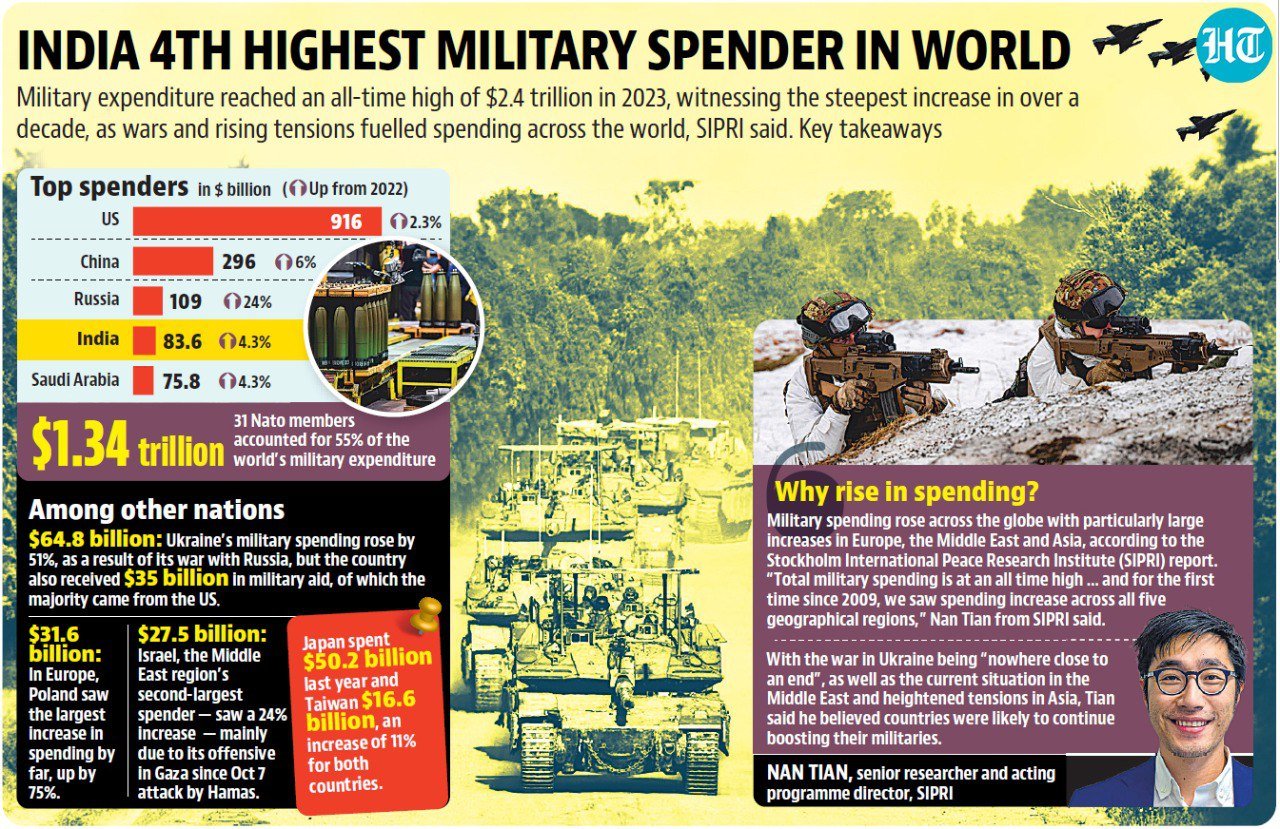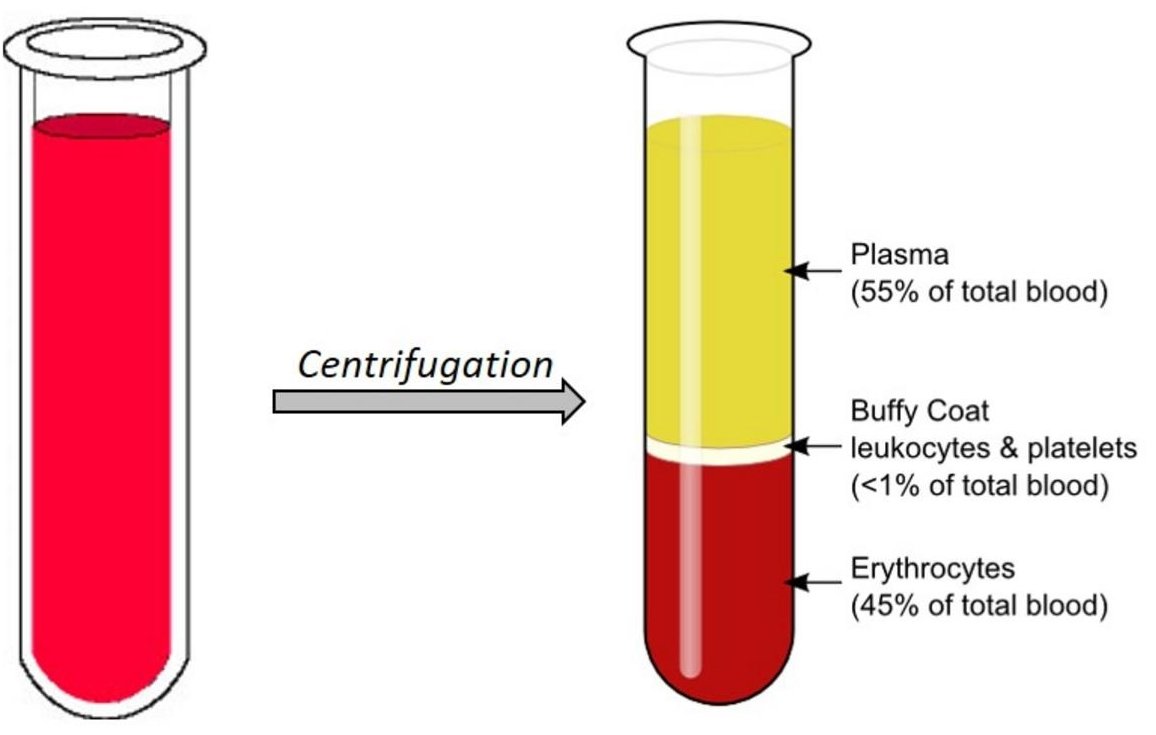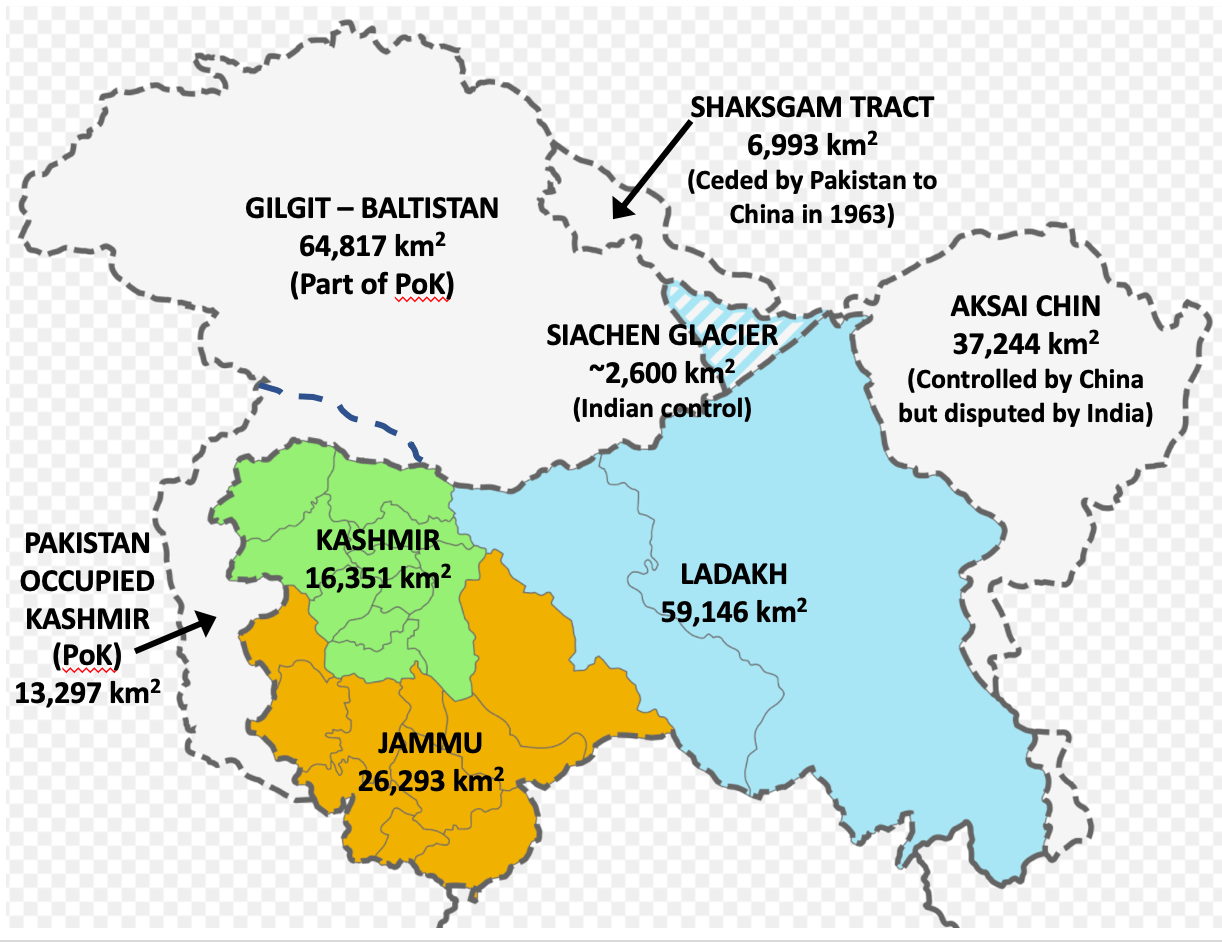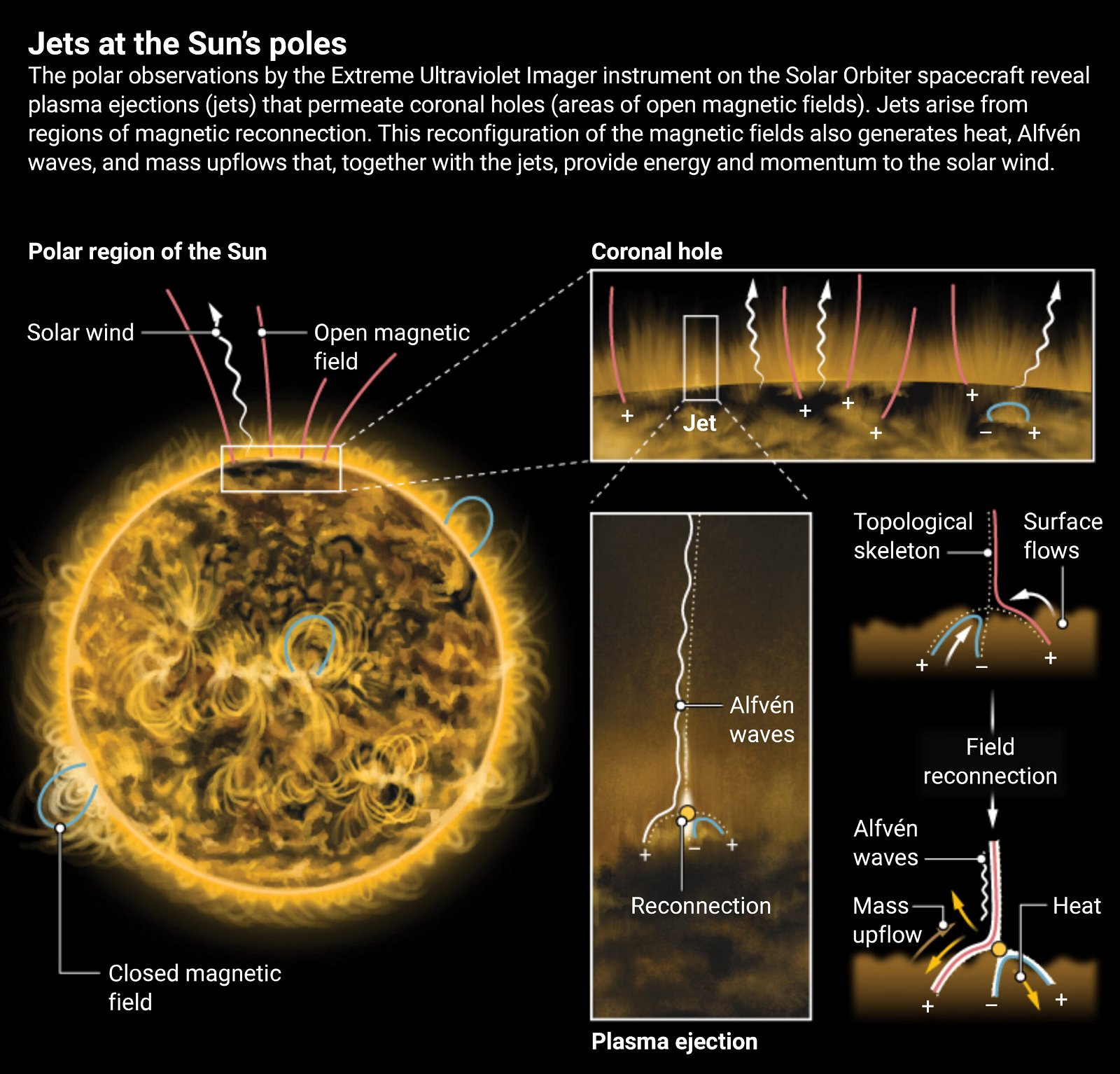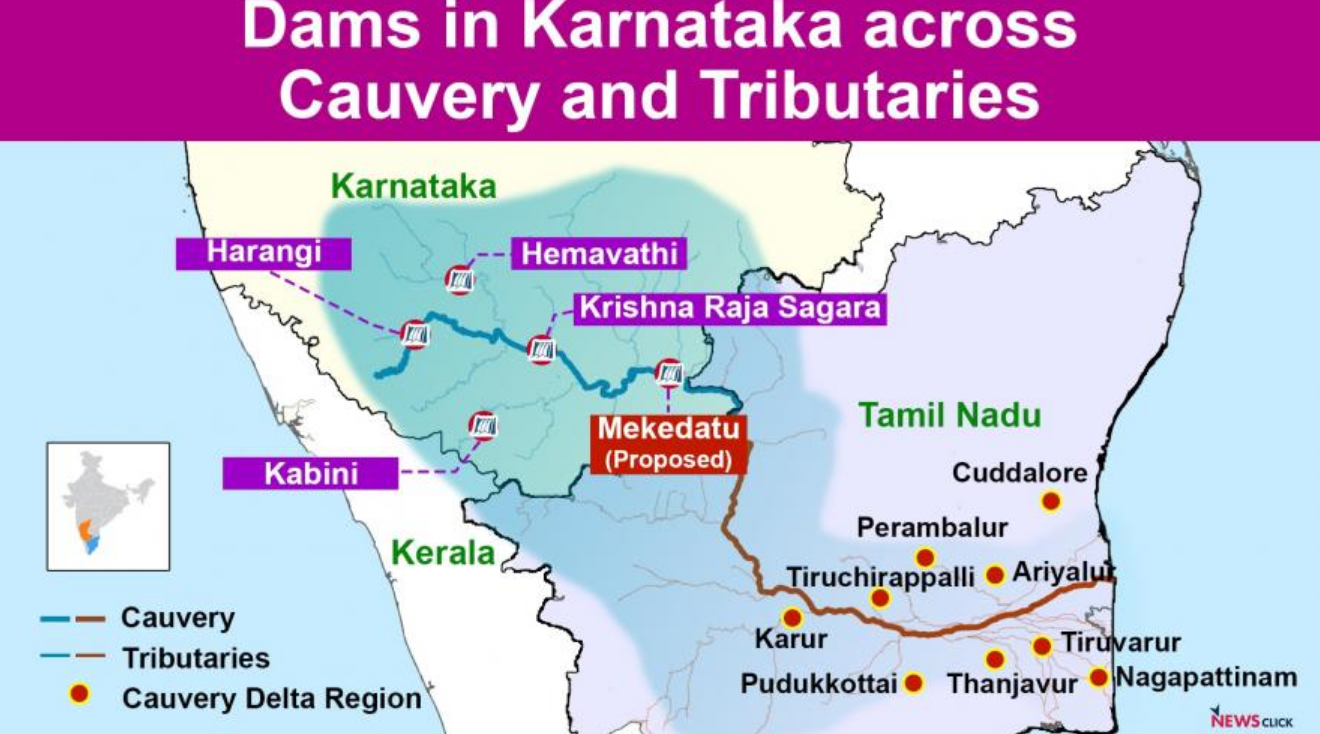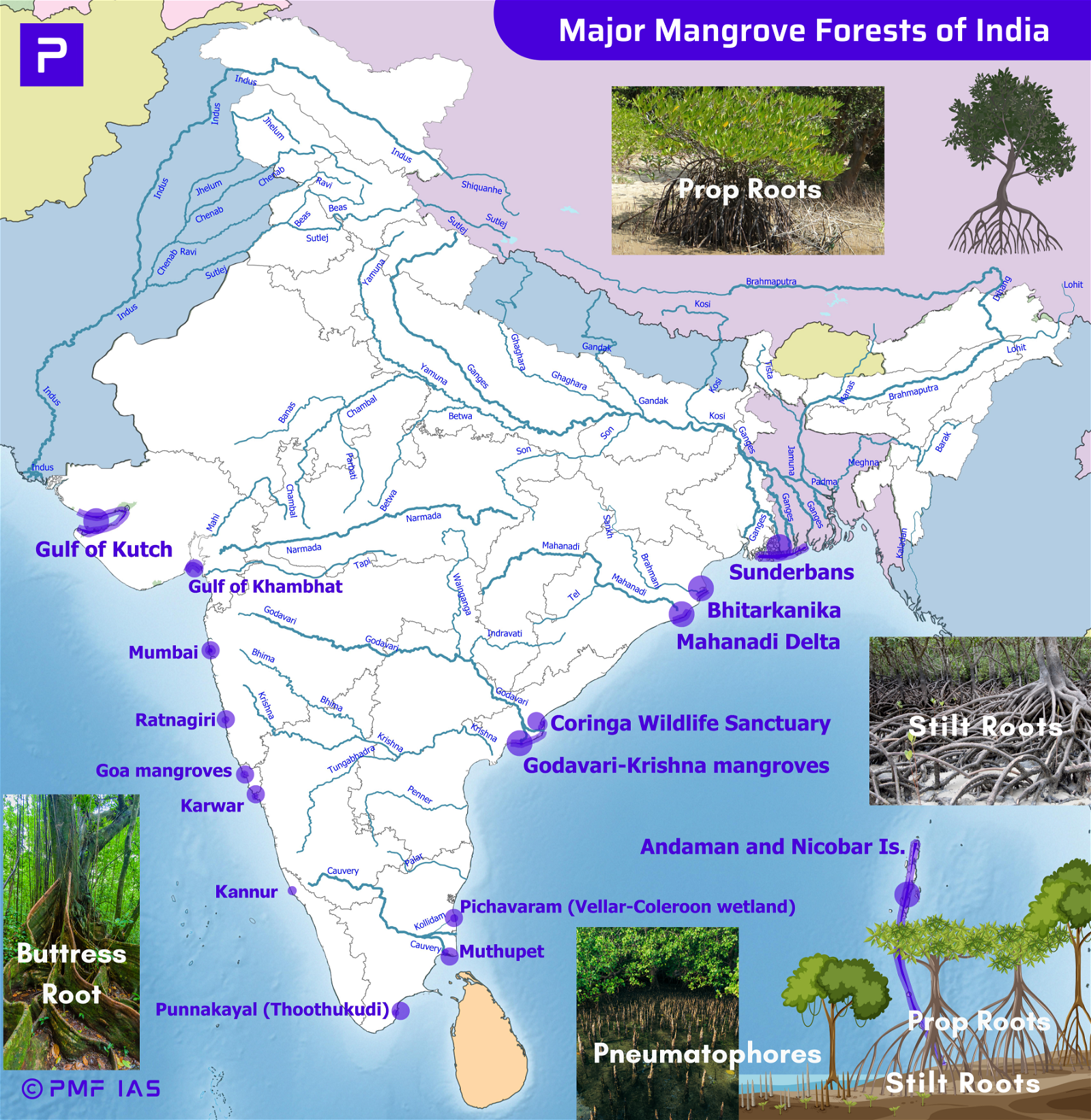
Current Affairs December 08, 2023: Small Modular Reactors, WMO Report on Melting of Glaciers, Almora Fault, Pompe Disease, e-Shram Portal
Subscribers of "Current Affairs" course can Download Daily Current Affairs in PDF/DOC
Subscribe to Never Miss an Important Update! Assured Discounts on New Products!
Must Join PMF IAS Telegram Channel & PMF IAS History Telegram Channel
{GS1 – Geo – HG – Community} Hatti Community
- Context (TH): The Hatti community in HP will organise a protest to press their demand for implementing a law giving the Scheduled Tribe (ST) status to the community.
- The Constitution (Scheduled Tribes) Order (Second Amendment) Act, 2023, granted ST status to the Hattis of the Trans-Giri region of HP’s Sirmaur district.
- The Hattis is a close-knit community that resides in HP and Uttarakhand in the basin of the Giri and Tons Rivers (both tributaries of the Yamuna River).
- They got their name from their traditional occupation of selling home-grown crops, vegetables, meat, and wool at small-town markets known as ‘haats’.
- Hatti men traditionally don a distinctive white headgear on ceremonial occasions.
- The two Hatti clans, Trans-Giri (HP) and Jaunsar Bawar (Uttarakhand) have similar traditions and common inter-marriages.
- A rigid caste system is followed, and inter-caste marriages are traditionally discouraged.
- The Hattis are governed by a traditional council called ‘Khumbli’, like the ‘Khaps’ of Haryana.
- Polyandry is a common practice among the hatti community.
|
{GS1 – Geo – PG – Geomorphology} Almora Fault
- Context (DTE | PIB): Data indicates increased earthquake activity in 2023.
- It was mainly attributed to the activation of the Almora fault in Western Nepal.
- This activation triggered significant mainshock earthquakes.
- These mainshocks, accompanied by subsequent aftershocks, have led to an increased frequency of earthquakes in 2023.
Fault and Earthquake
- A fault is a fracture in the Earth’s crust where two blocks of rock move relative to each other.
- If the movement occurs, rock blocks rapidly release energy, which causes earthquakes.
Reasons for Fault Activation
- The reasons for fault activation can be:
- Natural factors: Plate tectonics, volcanic activity, landslides, change in water levels, fault geometry, local geology.
- Anthropogenic factors: Mining, fluid injection, reservoir impoundment.
|
Mainshock
- It refers to the largest earthquake in a sequence of earthquakes.
- It is often preceded by smaller earthquakes called foreshocks and followed by numerous smaller quakes called aftershocks.
Aftershock
- A subsequent seismic event can be called an aftershock when:
- It is smaller in magnitude than the mainshock earthquake.
- It occurs in the same fault zone as the mainshock earthquake.
- A subsequent seismic event cannot be called an aftershock when:
- It occurs in a different tectonic plate than the mainshock earthquake.
- It is larger in magnitude than the mainshock earthquake.
- It occurs in a different fault zone than the mainshock earthquake.
- Aftershocks can occur in a few minutes to years after the mainshock.
- There is no specific time limit for aftershocks, as their timing varies depending on the magnitude of the mainshock earthquake, the geology of the region, and the specific fault.
|
Characteristic |
Aftershock |
Foreshock |
|
Similarities |
||
| Magnitude | Both are smaller than the mainshock earthquake | |
| Location | Both occur within the fault zone | |
|
Differences |
||
| Timing | After the mainshock earthquake | Before the mainshock earthquake |
| Duration | Last for days, weeks, months, or even years | Typically, it lasts for a few hours or days |
| Frequency | More common than foreshocks | Less common than aftershocks |
| Causation | A direct response to the stress release caused by the mainshock | An early indication of the stress buildup that ultimately leads to the mainshock |
{GS2 – IR – US-China} Navigating the US-China Relationship
- Context (TH): The U.S. President and his Chinese counterpart held a summit on the sidelines of the Asia-Pacific Economic Cooperation (APEC) conference.
Outcomes of the summit
Military to Military communication
- The countries (nuclear weapons states) agreed to
- Restore military-to-military communications — critical to prevent potential miscalculations.
- Resume regular exchange of information under the Military Maritime Consultative Agreement that started in 1998.
|
Trade deal
- The Chinese agreed to buy substantial agricultural, energy, industrial and other products from the U.S. to reduce the US’s trade deficit with China.
- The US has agreed not to tie trade discussions with security concerns (E.g. China’s attempted territorial expansion in the South China Sea).
- China agreed to label fentanyl as a controlled substance, a deadly synthetic opioid responsible for tens of thousands of American drug deaths annually.
- The countries committed to finding solutions to disputes over intellectual property rights and Chinese state support for domestic industries.
Trade dispute between the US and China
What led to the escalation of the dispute?
- The muscular approach of the U.S. to shore up global hegemony during the Trump presidency.
- China’s quest for world military and technological supremacy under the present leadership.
Measures by US
- In 2019, it blacklisted several Chinese AI start-ups for alleged human rights abuses in Xinjiang.
- In 2021, it blacklisted defence & surveillance companies under Chinese military-industrial complex.
- It imposed controls on exports of advanced computer chips to manufacture semiconductors to cut China’s advancement in AI & supercomputing, which have powered its supersonic & nuclear weapons capability.
- USA prohibited investments in the Chinese high-tech arena.
Measures by China
- China banned the export of gallium and germanium– raw materials required for producing microchips and weapons systems.
- China imposed curbs on exports of various types of graphite, a vital mineral for producing electric vehicle batteries (China enjoys dominance in its global supply chain).
- Anti-espionage and data protection laws: China mandated firms to designate “for China” digital tools and set up China-specific email IDs and separate country-exclusive servers.
{GS2 – MoL&E – Initiatives} e-Shram Portal
- Context (PIB): The Ministry of Labour and Employment has introduced some new features in e-Shram portal (NDUW)
Recent developments in e-shram portal:
- Family details of migrant workers can be included.
- e-Shram has been integrated with
- National Career Service (NCS) Portal.
- Pradhan Mantri Shram-yogi Maandhan (PM-SYM).
- Skill India Digital portal.
- myScheme portal.
|
About e-Shram portal:
- First-ever national database of unorganised workers including migrant workers, construction workers, gig and platform workers, etc.
- Developed by Ministry of Labour & Employment
Objectives
- Registration and creation of a comprehensive National Database of Unorganized Workers (NDUW).
- Improve the implementation efficiency of the social security services for the unorganized workers.
- Portability of the social security and welfare benefits to the migrant and construction workers.
- Comprehensive database for tackling any National Crises like COVID-19.
Features of e-shram portal
- It allows an unorganised worker to register himself or herself on the portal on self-declaration basis, under 400 occupations in 30 broad occupation sectors.
- Rs 2 Lakh Accidental Insurance cover for every registered (on eShram portal) unorganised worker.
- Registered unorganised worker shall be issued an eSHRAM card with a unique Universal Account Number (UAN).
- Registered workers will be able to access the benefits of the various social security schemes.
Who can register in eShram (NDUW) Portal?
- Any individual satisfying following conditions can register on the portal:
- An unorganized worker (UW).
- Age should be between 16-59 years.
- Not a member of EPFO/ESIC or NPS (Govt. funded)
Who is an Unorganised Worker?
- Any worker who is a home based-worker, self-employed worker or a wage worker in the unorganised sector.
- A worker in the organised sector who is not a member of ESIC or EPFO or not a Govt. employee is called an unorganised worker.
|
Initiatives Taken to Support Unorganised Sector
- Pradhan Mantri Shram Yogi Maan-dhan (PM-SYM)
- Pradhan Mantri Rojgar Protsahan Yojana (PMRPY)
- PM SVANidhi: Micro Credit Scheme for Street Vendors
- Deendayal Antyodaya Yojana National Urban Livelihoods Mission
- One Nation One Ration Card
- Atmanirbhar Bharat Rozgar Yojana
{GS2 – S&T – Tech} Small Modular Reactors
- Context (PIB | LM | TH | IE): GoI is advancing its efforts in clean energy transition by focusing on new technologies such as Small Nuclear Reactors (SMRs)
- SMRs are promoted to help India’s broad strategy of decarbonisation.
- SMRs are smaller, simpler, and more affordable than traditional nuclear reactors.
- They typically have a power capacity of up to 300 MW(e), which is about 1/3rd of the generating capacity of traditional nuclear power reactors.
- Harness nuclear fission to generate heat to produce energy.
- They can start from a completely de-energized state without receiving energy from the grid.
Reactor Capacity Large, conventional reactor 700+ MW(e) Small modular reactor 300 MW(e) Microreactor Up to ̴ 10 MW(e)
|
Advantages of SMRs
- Realising the goal of ‘Power for All’ as they can be installed into an existing grid and in areas lacking sufficient lines of transmission and grid capacity.
- Contribute to grid stability and reliability by providing a stable baseload power supply that complements intermittent renewable energy sources.
- Climate change mitigation: They have a smaller environmental footprint due to their compact size and reduced water consumption.
- Environment Friendly: As per Nuclear Energy Institute, it consumes 30-60% less water per megawatt-hour compared to traditional nuclear plants.
- Fuel efficient: Power plants based on SMRs may require less frequent refuelling, every 3 to 7 years, in comparison to between 1 and 2 years for conventional plants.
- Greater deployment flexibility due to smaller, modular units allowing SMRs to be scaled up or down.
- Land use efficiency: SMRs can repurpose retiring coal-based thermal power station sites.
Concerns with SMRs
- Costly: SMRs will not be cost competitive due to the need to build thousands of such high priced reactors to achieve factory-based cost reductions → higher cost per unit of electricity generated.
- Security risk: “nuclear backpacks” highlights concerns about the security risks associated with the portability and small size of SMRs.
- Nuclear waste: According to a study, SMRs produce radioactive waste up by 30 percent compared to conventional reactors.
- Other challenges: Limited fuel options, lack of proven experience as they are still in early stages of development, uncertainty about reliability, environmental impact.
Way Ahead
- The Atomic Energy Act must be amended to allow the private sector to set up SMRs.
- To ensure safety, security, and safeguards, control of nuclear fuel and radioactive waste must remain with the GoI.
- GoI must enact a law to establish an independent, empowered regulatory board.
- GoI can negotiate with foreign suppliers to reprocess nuclear waste from all SMRs in a state-controlled facility under IAEA safeguards.
- The Department of Atomic Energy must improve the public perception of nuclear power in India.
- Schemes like the Production Linked Incentive (PLI) scheme for SMRs can be introduced.
India-US ‘123 Agreement’ (or US-India Civil Nuclear Agreement)
|
International Atomic Energy Agency (IAEA)
|
Department of Atomic Energy (DEA)
|
Atomic Energy Commission (AEC)
|
Present Status of Small Modular Reactors
|
{GS2 – Social Sector – Health – Disease} Pompe Disease
- Context (IE): India’s first Pompe disease patient passes away.
- Also known as Glycogen Storage Disease Type II, it is a rare genetic disorder.
- Its prevalence estimates range from 1 in 40,000 to 1 in 300,000 births.
- It is caused by a deficiency of the enzyme acid alpha-glucosidase (GAA).
- GAA enzyme is crucial for breaking down glycogen into glucose within the cells.
- Symptoms: Muscle weakness, motor skill delay, degenerative impact on bones, respiratory complications, and hypertrophic cardiomyopathy.
- Treatment: Currently, there exists no cure for Pompe disease.
|
{GS3 – Envi – CC Impact} WMO Report on Melting of Glaciers
- Context (TH I Dtnpf): The World Meteorological Organization (WMO) published a report titled “The Global Climate 2011-2020: A Decade of Acceleration”.
Findings of the report on melting of glaciers
- Unprecedented glacial melting: Glaciers worldwide thinned by approximately 1m annually between 2011 and 2020 due to global warming.
- The Antarctic ice sheet lost 75 per cent more than the previous ten years.
- Glaciers near the Equator are generally in rapid decline.
- Glaciers in Papua, Indonesia, will likely disappear within the next decade.
- Greenland and Antarctica lost 38% more ice from 2011 to 2020 than in the previous decade.
Other findings of the report
- 2011-2020 was the warmest decade on record: Global mean temperature for 2011- 2020 was 1.10 ± 0.12 °C above the industrial revolution era.
- The decade 2011-2020 emerged as the warmest on record for both land and ocean.
- Global mean sea level rise accelerated to 4.5mm/yr from 2011-2020, mainly due to ocean warming and ice mass loss.
- Atmospheric concentration of CO2: Since the industrial revolution, CO2 has increased by nearly 50%, contributing to global warming.
- Ocean warming: Between 2011-20, the oceans warmed at an increased rate contributing to marine heatwaves, sea level rise, ocean acidification, and tropical cyclones.
- In any given year between 2011 and 2020, approximately 60% of the surface of the ocean experienced a heatwave.
- Warming oceans and melting of ice sheets caused the rate of sea-level rise to nearly double.
- Ocean acidification due to CO2 absorption poses challenges for marine organisms, affecting their shell and skeleton formation.
- Extreme events: Between 2011-2020, heatwaves were responsible for the highest number casualties, while tropical cyclones caused the most economic damage.
- Ozone hole recovery: The ozone hole was smaller in 2011-2020 than during the previous two decades.
- The success is mainly attributed to the Montreal Protocol, which banned chlorofluorocarbons.
- Efforts led to reduced chlorine entering the stratosphere from ozone-depleting substances.
Glaciers
- Glaciers are a large, dense body of ice that moves slowly under its own weight.
- They are a part of the Earth’s Cryosphere.
- The cryosphere encompasses all frozen parts of the Earth.
- Glaciers cover about 10% of the Earth’s land surface.

Significance of glaciers
- Global climate regulation: Glaciers keep the Earth’s climate mild due to their high albedo.
- Source of fresh water: About three-quarters of Earth’s freshwater is stored in glaciers.
Glaciers of India and the World
- The majority of the world’s glaciers are in the polar regions, mainly Antarctica, Greenland, and Canadian Arctic.
- Lambert Fisher Glacier in Antarctica is the largest glacier in the world.
- Outside the polar regions, the Hindu Kush-Karakoram-Himalayan system (HKKH) contains the largest number of glaciers, often called the ‘Third Pole’ of the Earth.
- Important glaciers of India

Impacts of Glacial Melting
- Sea level rise: Melting glaciers have raised sea levels by 2.7 centimetres since 1961.
- Ice-albedo feedback loop: It refers to a process where melting ice reduces Earth’s overall reflectivity, absorbing more sunlight, further accelerating warming and ice melt, creating a self-reinforcing cycle (positive feedback loop) in climate change.
- Changes in global ocean circulation due to changes in the distribution of freshwater.
- Threat to coral reefs: Rising sea levels prevent corals from receiving adequate sunlight.
Global initiatives
- International Cryosphere Climate Initiative (ICCI): A network of senior policy experts and researchers working with governments to preserve as much of the Earth’s cryosphere as possible.
- Global Cryosphere Watch (GCW): It’s a joint initiative of the World Meteorological Organization (WMO), which monitors the cryosphere.
- Arctic Council: Set up in 1996 by the Ottawa Declaration to promote cooperation and coordination among the Arctic States. It is mandated to protect the Arctic environment.
Initiatives by India
- National Mission for Sustaining the Himalayan Ecosystem (NMSHE): It is one of the eight missions under NAPCC and encompasses conservation measures for sustaining and safeguarding the Himalayan ecosystems.
World Meteorological Organisation (WMO)
|
{GS3 – Envi – UNFCCC} Nuclear Energy for Net Zero Emission
- Context (IE): Led by the US, 22 countries, including France, the UK, Japan, Canada, S. Korea and Ukraine, pledged to triple global nuclear capacity by 2050 for a net-zero emissions goal at COP28.
- India abstains from the nuclear energy commitment, aligning with its position not to join alliances outside the COP process.
- Objectives of the pledge:
- Keeping global warming below 1.5°C from pre-industrial times (Paris Agreement).
- Ensuring net-zero emissions.
- Commitments:
- Mobilise investment and urge financial institutions like the World Bank to back nuclear power.
- Efforts to extend the life of existing plants
- Support for new technologies like small modular reactors (SMRs)
Small Modular Reactors (SMRs)
|
Net-Zero Emissions
- Net zero emissions refers to the balance between the amount of greenhouse gas (GHG) produced and the amount removed from the atmosphere.
- To keep global warming below 1.5°C from pre-industrial times, emissions must be reduced by 45% by 2030 and reach net zero by 2050.
- India has set its target to reach net-zero emissions by 2070.
Significance of Nuclear Energy for Net-Zero Emissions
Clean Energy
- Nuclear energy is a non-renewable energy source that does not emit greenhouse gases.
- In 50 years, nuclear power prevented nearly 70 billion tonnes of CO2 equivalent emissions.
High Energy Density
- Nuclear reactors generate a large amount of energy from a small amount of fuel.
- This reduces the need for land use compared to other renewable energy sources like solar or wind.
Resilient Energy Source
- Nuclear power plants are not susceptible to weather fluctuations like wind or solar energy.
- This makes it a reliable source of power.
Present Status of Nuclear Energy
- Currently, 31 countries have 370 GW of operational nuclear power capacity, contributing 10% of the world’s total electricity, as per the International Atomic Energy Agency (IAEA).
- A tripling will see this increase to at least 1,000 GW by the middle of the century.
Challenges for the Nuclear Sector to Meet Net-Zero Emission Target
- High initial investment: Complex technology makes building new nuclear power plants expensive.
- Decommissioning costs: Dismantling nuclear plants at the end of their lifespan is complex and costly.
- Time limit: It took 70 years to bring global nuclear capacity to the current level of 370 GW, and now the industry must build another 740 GW in half that time.
- Safety concerns: E.g., the Chernobyl and Fukushima disasters.
- Nuclear waste disposal: Safe, long-term storage for radioactive waste is vital for the sustainability of nuclear energy.
- Thermal pollution: Nuclear plants release heated water, impacting aquatic ecosystems.
- Public perception: Public concerns about safety, waste disposal, and nuclear weapons proliferation can limit public support for nuclear energy.
- Regulatory framework: Complex regulations can increase costs and delays in nuclear projects.
- Fuel availability: While uranium resources are relatively abundant, supply chain risks and geopolitical factors necessitate careful planning and source diversification.
Other Initiatives in the Nuclear Sector for Net-Zero EmissionsNet Zero Nuclear
Nuclear Energy Summit
|
International Atomic Energy Agency (IAEA)
|




![PMF IAS Environment for UPSC 2022-23 [paperback] PMF IAS [Nov 30, 2021]…](https://pmfias.b-cdn.net/wp-content/uploads/2024/04/pmfiasenvironmentforupsc2022-23paperbackpmfiasnov302021.jpg)
